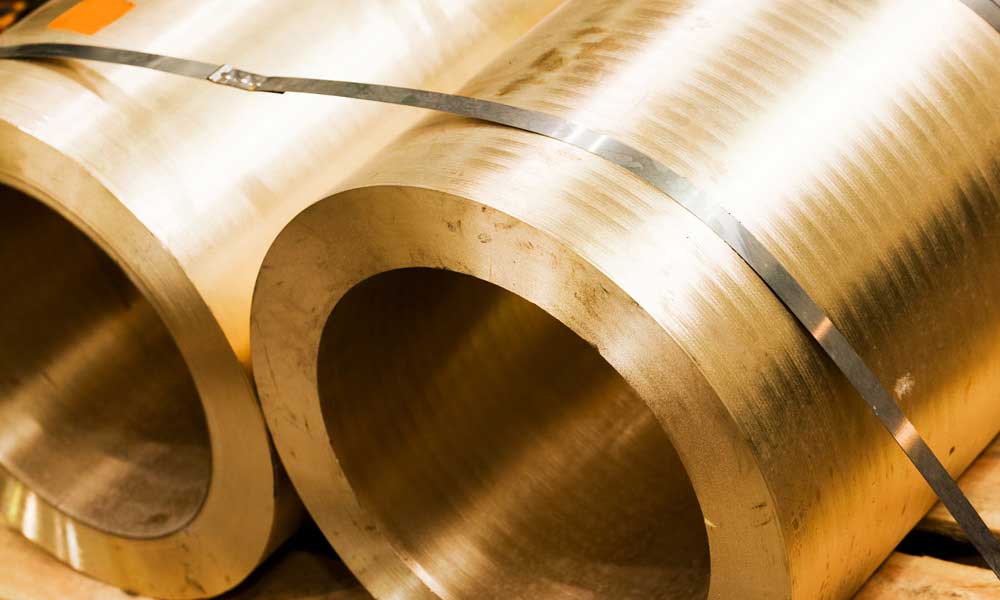Most refractory bricks manufactured through the sintering process can be referred to as ceramic refractory bricks, which possess characteristics such as high temperature resistance, stable physical and chemical properties, and high toughness.
Ceramic refractory bricks are mainly made from raw materials like fireclay, chamotte, bauxite, quartz, magnesite, corundum, silicon carbide, etc. They are processed into high-temperature ceramic materials through techniques including batching, extrusion molding, and high-temperature sintering.

I. Core Definition and Classification of Ceramic Refractory Bricks
Ceramic refractory bricks possess both the characteristics of ceramic materials such as high density, low porosity and high compactness, and the properties of refractory materials including high temperature resistance, thermal shock resistance and corrosion resistance. They can be roughly classified by raw materials into: clay-based ceramic refractory bricks, high-alumina ceramic refractory bricks, silica ceramic refractory bricks, magnesia ceramic refractory bricks, and special ceramic refractory bricks.

II. Main Applications of Ceramic Refractory Bricks
1. Industrial High-Temp Kilns & Furnaces
Equipment requiring continuous high temperatures in industrial production relies on ceramic refractory bricks to resist high temperatures and corrosion.
Metallurgical Industry
- Linings of steelmaking converters, electric furnaces, and ladles (mostly using magnesia bricks and high-alumina bricks to resist high-temperature erosion from molten steel and steel slag).
- Shaft and hearth of ironmaking blast furnaces (high-alumina bricks are used to withstand gas scouring and charge wear at temperatures above 1500℃).

Building Materials Industry
- Cement rotary kilns (phosphate-bonded high-alumina bricks and magnesia-chrome bricks are used in the high-temperature section; high-alumina bricks are used in the medium-low temperature section to resist alkaline erosion during the melting of cement raw meal).
- Glass kilns (mainly using siliceous ceramic refractory bricks, which resist acidic erosion from glass melt while ensuring the airtightness of the kiln).
- Ceramic kilns (clay bricks or high-alumina ceramic refractory bricks are used as linings for kiln bodies and combustion chambers, adapting to firing temperatures of 1200-1700℃).
Chemical Industry
- Coal chemical gasifiers (high-alumina ceramic refractory bricks or silicon carbide ceramic refractory bricks are used to withstand high temperatures and chemical corrosion from coal gasification reactions at temperatures above 1300℃);
- Sulfuric acid roasters (silica bricks are used to resist erosion from acidic gases).

2. Construction and Civil Applications
Ceramic refractory bricks are used in building structures or facilities that require fire resistance and high-temperature resistance.
- Fire Zones / Firewalls: Linings of firewalls in high-rise buildings and factories (refractory clay bricks are used, combined with fire-retardant coatings, to prevent the spread of fires).
- Chimneys and Flues: Linings of industrial chimneys and flues of civil boilers (clay bricks or high-alumina bricks are used to resist high temperatures and acidic corrosion from flue gas, and prevent flue cracking).
- Fireplaces and Barbecue Equipment: Inner walls of domestic solid-fuel fireplaces and commercial barbecue grills (mainly clay bricks, which are high-temperature resistant, easy to clean, and can also store heat for thermal insulation).

3. Special High-Temp Applications
Customized applications of ceramic refractory bricks for extreme environments.
- Energy Sector: Linings of waste incinerators (high-alumina bricks combined with silicon carbide bricks are used to resist high temperatures and corrosive gases generated by waste combustion).
- Aerospace / Military Industry: Protective walls of rocket engine test stands (special corundum bricks or silicon carbide bricks are used to withstand the scouring of exhaust flames at thousands of degrees Celsius).
- Nuclear Energy Sector: Auxiliary high-temperature equipment of nuclear reactors (e.g., linings of coolant pipelines, which use special refractory bricks that are both high-temperature resistant and radiation resistant).

III. Core Advantages and Precautions of Ceramic Refractory Bricks
High temperature resistance, corrosion resistance, long service life (the lining of industrial kilns can be used for 3-10 years), high cost-effectiveness (controllable cost for mid-to-low-end bricks), and wide adaptability to scenarios.







